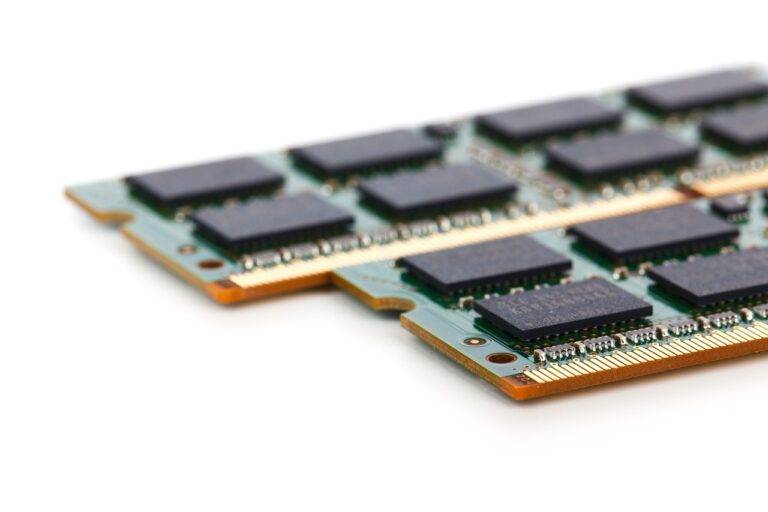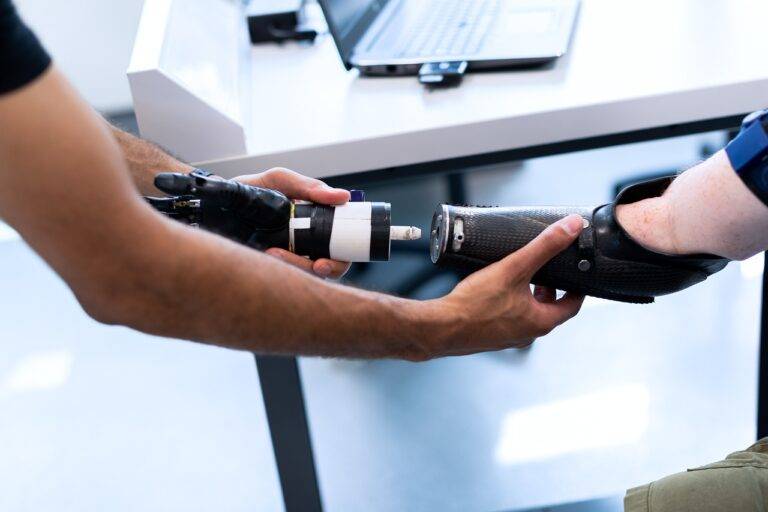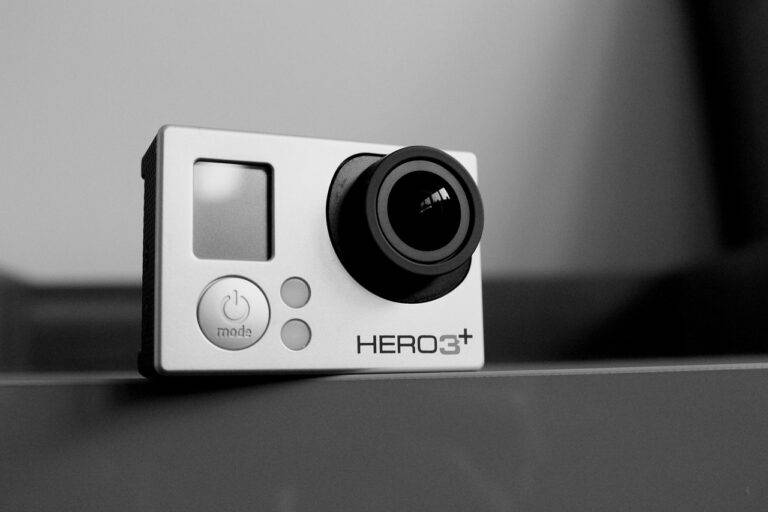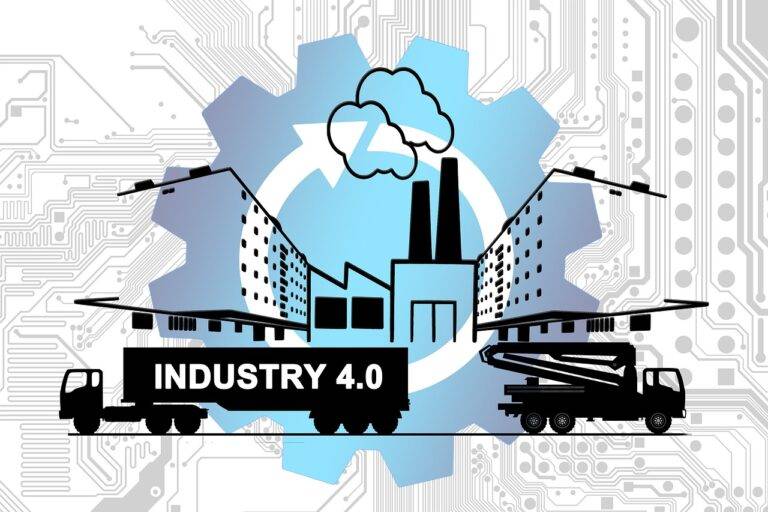The Rise of Spatial Computing in Design and Engineering
Design and engineering have undergone significant transformations over the years, adapting to technological advancements and changing consumer needs. The evolution of design can be traced back to the Industrial Revolution, where mass production techniques revolutionized the manufacturing process. Engineers began to focus on efficiency and standardization, leading to the development of innovative products that could be produced on a large scale.
As technology continued to advance, the field of design and engineering embraced new tools and methodologies to enhance creativity and problem-solving capabilities. The introduction of computer-aided design (CAD) software revolutionized the way products were designed, allowing for more precise modeling and faster prototyping. This shift towards digital tools paved the way for a more collaborative approach to design and engineering, enabling teams to work together seamlessly regardless of geographical locations.
The Impact of Spatial Computing on Collaboration
Spatial computing is revolutionizing the way individuals collaborate on projects and tasks. By merging the physical and digital realms, this cutting-edge technology allows for more immersive and interactive collaboration experiences. With spatial computing, team members can work together in virtual environments that simulate real-world interactions, breaking down geographical barriers and fostering seamless collaboration across distances.
The enhanced visualization capabilities of spatial computing further elevate the collaboration process. Through 3D models, holograms, and augmented reality overlays, collaborators can gain a deeper understanding of complex concepts and ideas. This visual richness not only facilitates clearer communication but also encourages more creative problem-solving approaches, leading to more innovative and efficient outcomes in collaborative efforts.
Enhancing Visualization with Spatial Computing
Spatial computing has revolutionized the way we perceive and interact with data. By immersing users in digital environments, spatial computing enhances visualization by providing a more intuitive and engaging way to comprehend complex information. Through the use of augmented reality and virtual reality technologies, users can visualize data in three dimensions, allowing for a richer understanding of spatial relationships and patterns.
Moreover, spatial computing enables real-time collaboration on visualizations, breaking geographical barriers and fostering seamless teamwork. By integrating multiple users into the same digital environment, individuals can collectively explore and manipulate visual data sets, leading to more effective communication and decision-making processes. This collaborative aspect of spatial computing not only enhances visualization but also promotes a synergistic approach to problem-solving in various fields.
Spatial computing revolutionizes how data is perceived and interacted with
Immerses users in digital environments for a more intuitive understanding of complex information
Augmented reality and virtual reality technologies allow for visualization in three dimensions
Enhances comprehension of spatial relationships and patterns
Spatial computing also facilitates real-time collaboration on visualizations, transcending geographical boundaries to enable seamless teamwork. By bringing multiple users together in the same digital space, individuals can work collectively to explore and manipulate visual data sets. This collaborative approach not only improves communication but also enhances decision-making processes, leading to more effective problem-solving strategies across different industries.
What is spatial computing?
Spatial computing is a technology that merges physical and digital worlds, allowing users to interact with digital content in a more immersive and natural way.
How does spatial computing enhance visualization?
Spatial computing enhances visualization by providing a more immersive and interactive experience, allowing users to better understand complex data and designs.
How does spatial computing impact collaboration in design and engineering?
Spatial computing enables real-time collaboration among team members, regardless of their physical location, leading to more efficient and effective design and engineering processes.
What are some examples of spatial computing applications in design and engineering?
Some examples of spatial computing applications in design and engineering include virtual reality simulations for testing prototypes, augmented reality overlays for visualizing complex data, and mixed reality environments for collaborative design sessions.
How is spatial computing revolutionizing the design and engineering industries?
Spatial computing is revolutionizing the design and engineering industries by providing new tools and technologies that enhance visualization, streamline collaboration, and improve overall project outcomes.






